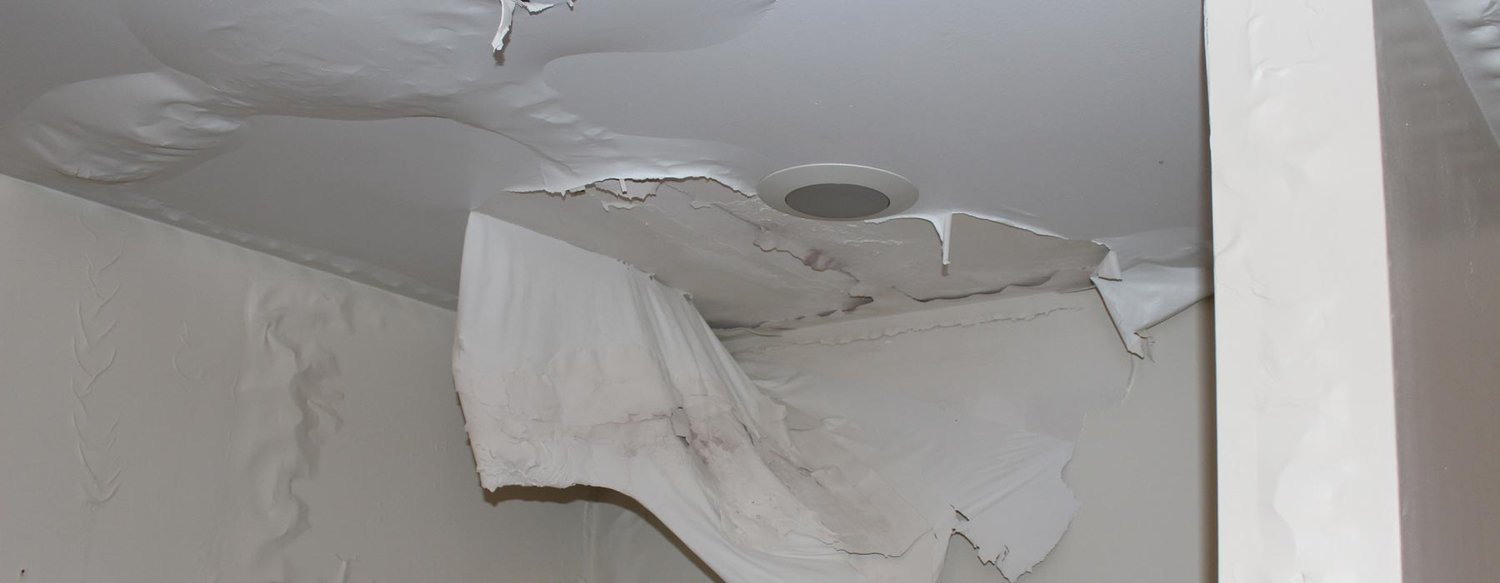Do's & Don'ts of Water Restoration.
Do's & Don'ts of Water Restoration.
Blog Article
Have you been on the lookout for critical information concerning 5 Home Safety Tips To Reduce The Risk Of Fire And Water Damage?

Water gives life, water breach on parts where it's not supposed to be can result in damage. Homes with water damages smell musty and also old.
Water can come from several sources such as tropical storms, floodings, ruptured pipelines, leakages, as well as sewage system concerns. In case you experience water damage, it would be excellent to know some security preventative measures. Below are a few guidelines on just how to manage water damages.
Do Prioritize House Insurance Protection
Water damages from flooding as a result of hefty winds is seasonal. You can additionally experience a sudden flood when a defective pipe suddenly bursts into your residence. It would certainly be best to have residence insurance that covers both acts of God such as all-natural calamities, and also emergency situations like damaged plumbing.
Don't Neglect to Turn Off Energies
This cuts off power to your whole residence, protecting against electrical shocks when water comes in as it is a conductor. Don't neglect to transform off the primary water line valve.
Do Keep Proactive as well as Heed Weather Condition Alerts
Tornado floods can be very unpredictable. If there is a history of flooding in your area, stay ready as well as aggressive. If you live near a creek, lake, or river , listen to evacuation warnings. Obtain prized possessions from the ground floor as well as cellar, then put them on the highest possible level. Doing so lowers potential home damages.
Don't Overlook the Roof
Before the weather transforms terrible, see to it you have a roof covering assessment. In fact, it would be prudent to obtain this solution yearly as it can minimize complex concerns. If there are no openings and also leakages in your roof covering, you can avoid rainfall damages. Your roofer will certainly also care for damaged rain gutters or any other indicators of weakening. This will certainly prevent water from moving down your walls and saturating your ceiling.
Do Pay Attention to Tiny Leaks
A burst pipe doesn't happen overnight. Normally, there are warnings that suggest you have weakened pipelines in your home. You may discover gurgling paint, peeling off wallpaper, water streaks, water discolorations, or leaking audios behind the wall surfaces. Ultimately, this pipeline will certainly break. Ideally, you should not wait on things to intensify. Have your plumbing repaired prior to it results in enormous damages.
Don't Panic in Case of a Ruptured Pipeline
Maintaining your clearheadedness is important in a time of crisis. Panicking will just compound the problem due to the fact that it will suppress you from acting quick. When it involves water damage, timing is vital. The longer you wait, the more damage you can anticipate. Therefore, if a pipe bursts in your home, promptly shut off your main water valve to remove the resource. Then disconnect all electric outlets in the area or shut off the circuit breaker for that part of the house. Call a trusted water damages repair professional for assistance.
Water offers life, water breach on parts where it's not intended to be can result in damages. Residences with water damages scent old as well as musty.
Water damage from flood dues to hefty winds is seasonal. You might discover gurgling paint, peeling off wallpaper, water streaks, water stains, or leaking sounds behind the walls. When it comes to water damages, timing is crucial.
Some Do's & Don't When Dealing with a Water Damage
DO:
Make sure the water source has been eliminated. Contact a plumber if needed. Turn off circuit breakers supplying electricity to wet areas and unplug any electronics that are on wet carpet or surfaces Remove small furniture items Remove as much excess water as possible by mopping or blotting; Use WHITE towels to blot wet carpeting Wipe water from wooden furniture after removing anything on it Remove and prop up wet upholstery cushions for even drying (check for any bleeding) Pin up curtains or furniture skirts if needed Place aluminum foil, saucers or wood blocks between furniture legs and wet carpet Turn on air conditioning for maximum drying in winter and open windows in the summer Open any drawers and cabinets affected for complete drying but do not force them open Remove any valuable art objects or paintings to a safe, dry place Open any suitcases or luggage that may have been affected to dry, preferably in sunlight Hang any fur or leather goods to dry at room temperature Punch small holes in sagging ceilings to relieve trapped water (don't forget to place pans beneath!); however, if the ceiling is sagging extremely low, stay out of the room and we'll take care of it DO NOT:
Leave wet fabrics in place; dry them as soon as possible Leave books, magazines or any other colored items on wet carpets or floor Use your household vacuum to remove water Use TV's or other electronics/appliances while standing on wet carpets or floors; especially not on wet concrete floors Turn on ceiling fixtures if the ceiling is wet Turn your heat up, unless instructed otherwise

As a devoted person who reads about Preventing Fires and Water Damage In Your Home, I imagined sharing that piece of content was valuable. Please take the opportunity to share this write-up if you appreciated it. Thank-you for taking the time to read it.
Report this page